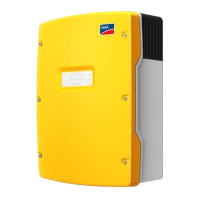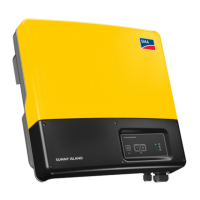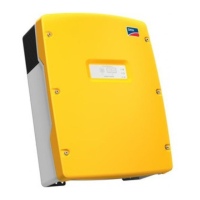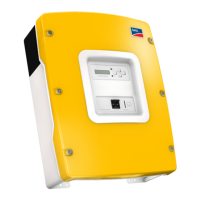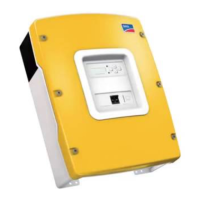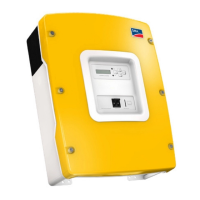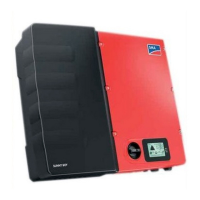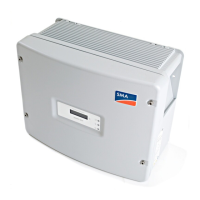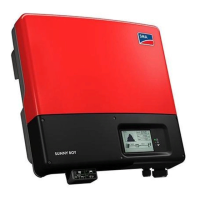6 Electrical Connection SMA Solar Technology AG
60 SI80H-60H-OffGrid-IA-en-11 Installation Manual
6.22 Connecting the Control Cables of the Load-Shedding
Contactors
Load shedding prevents deep battery discharge and controls the power output to the loads. Load
shedding provides the option of disconnecting specific loads from the stand-alone grid. In this way,
you can optimise the power consumption to match the availability of stored energy and the power
output of the energy sources.
Load shedding is necessary for off-grid systems that are exclusively supplied with PV energy or wind
energy.
The off-grid inverter controls up to two load-shedding contactors depending on the state of charge of
the battery. You can install two types of load shedding:
• 1-level load shedding
If the limit for the state of charge of the battery is reached, one load-shedding contactor
disconnects all loads at the same time. Depending on the configuration, the load-shedding
contactor closes when the battery has been sufficiently charged or when the stand-alone grid
has been switched to an external energy source.
• 2-level load shedding
For 2-level load shedding, there are two limits for the state of charge of the battery in order to
control two load-shedding contactors. When the first limit for the state of charge of the battery
is reached, the first load-shedding contactor disconnects a group of loads. When the second
limit for the state of charge of the battery is reached, the second load-shedding contactor
disconnects the remaining loads.
Load shedding in a multicluster system
1-level load shedding is integrated into the Multicluster Box. The load-shedding contactor is
controlled directly by the master of the main cluster by means of the communication with the
Multicluster Box. If you install an additional load-shedding contactor on a multicluster system,
it is controlled with a multi-function relay in the master of extension cluster 1. Additional
load-shedding contactors cannot be controlled by the main cluster.
Load-shedding contactors in a cluster
If you connect load-shedding contactors to the master, limited operation is possible in the event
of a disturbance. Slaves can control the load-shedding contactors less reliably in the event of
a disturbance. If a disturbance occurs, it is possible that the slave will wait for confirmation from
the master.
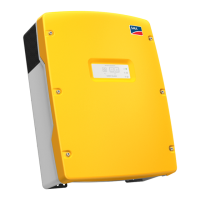
